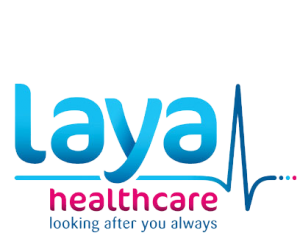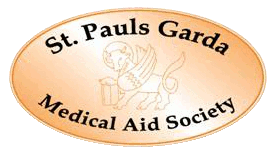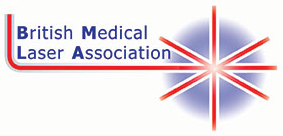 Download this information as a PDF
Download this information as a PDF
Wounds on the face are usually left open. Other wounds may be covered with a light dressing or band-aid for the first few days. Provided the wound is dry, it can then be left open after a few days, which makes it easier to inspect.
When the local anaesthetic wears off you may feel pain. If troublesome please take the maximum dose of paracetamol or ibuprofen for your age. For severe pain paracetamol and ibuprofen can be taken at the same time.
Bath the wound in Dilute Dettol or salt water (half teaspoon of salt in a cup of boiled cooled water) daily. After drying the wound apply some “Savlon Cream” which can help keep the wound free of infection.
You can bath or shower 1 to 3 days after surgery and get the wound wet. However, do not rub or scrub over the wound until it is fully healed. If you have had steri-strips (paper strips) placed on the wound, you must keep them dry for at least seven days.
Dr Buckley or one of our practice nurses will tell you when the stitches need to be removed. Stitches on the face are left in for approximately 5 to 7 days. Stitches on the body and scalp are usually left in for seven to ten days. Stitches on the leg are usually left in for up to two weeks.
Sometimes wounds will bleed after surgery. If this happens after going home, please put firm pressure on the wound for 10 to 15 consecutive minutes timed on a watch without letting go using some kitchen towel, tissue paper or clean cloth. Bleeding from the arms or legs can be further controlled by elevating the limb as high as possible. If this does not control the bleeding, you should contact Dr Buckley or our nurse in The Kerry Skin Clinic (see contact details above). Alternatively, you can contact Dr Buckley directly after office hours on his personal mobile phone: Tel: 087 254 1000 (emergencies only please on this number).
Surgical wounds sometimes become infected. Infection can cause pain, redness around the wound, a smelly discharge, a pussy discharge and a wound that is getting worse rather than better as the days go by. If you have any of these suspicious signs and you are worried, please contact Dr Buckley or one of our Practice Nurses immediately as antibiotics by mouth at any early stage can prevent more serious infection.
Scars can take nine to eighteen months to blend into the skin
If you have had surgery on your foot or leg you should go home immediately after the operation and lie out on the couch with your foot up on the armrest at the far end of the couch and keep it as elevated as possible (at least 30 degrees above horizontal) for the remainder of the day. Do not swim in a pool or partake in any strenuous exercise until the wound is healed. If you had surgery on your hand keep it elevated with a sling for the first few days.
If you have had surgery on the face or around the eyes, you can expect considerable swelling or bruising. Sometimes the eyelids can become swollen and closed after surgery, but this usually resolves after five or seven days. If you think the swelling is due to infection, please contact Dr Buckley or his nurse.
If you have had some tissue sent to the lab for histology, please phone back in four weeks’ time for the results if you do not hear from us before then. Do not assume “no news is good news”. If you do not have private health insurance, a medical card or a doctors visit card, you may receive a bill from the hospital pathologists for analysing your skin sample.














